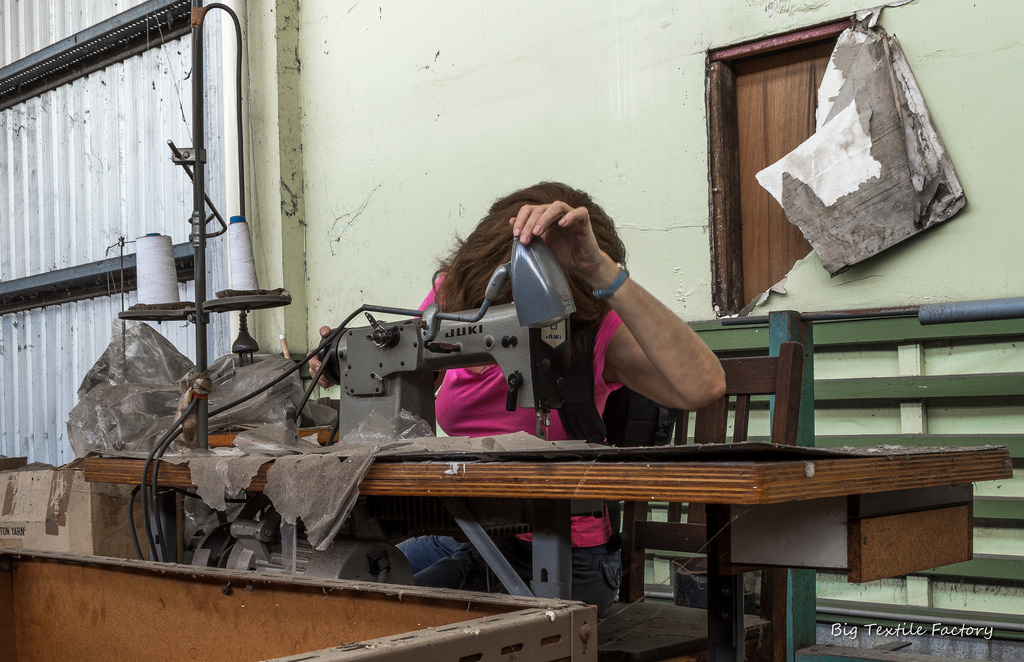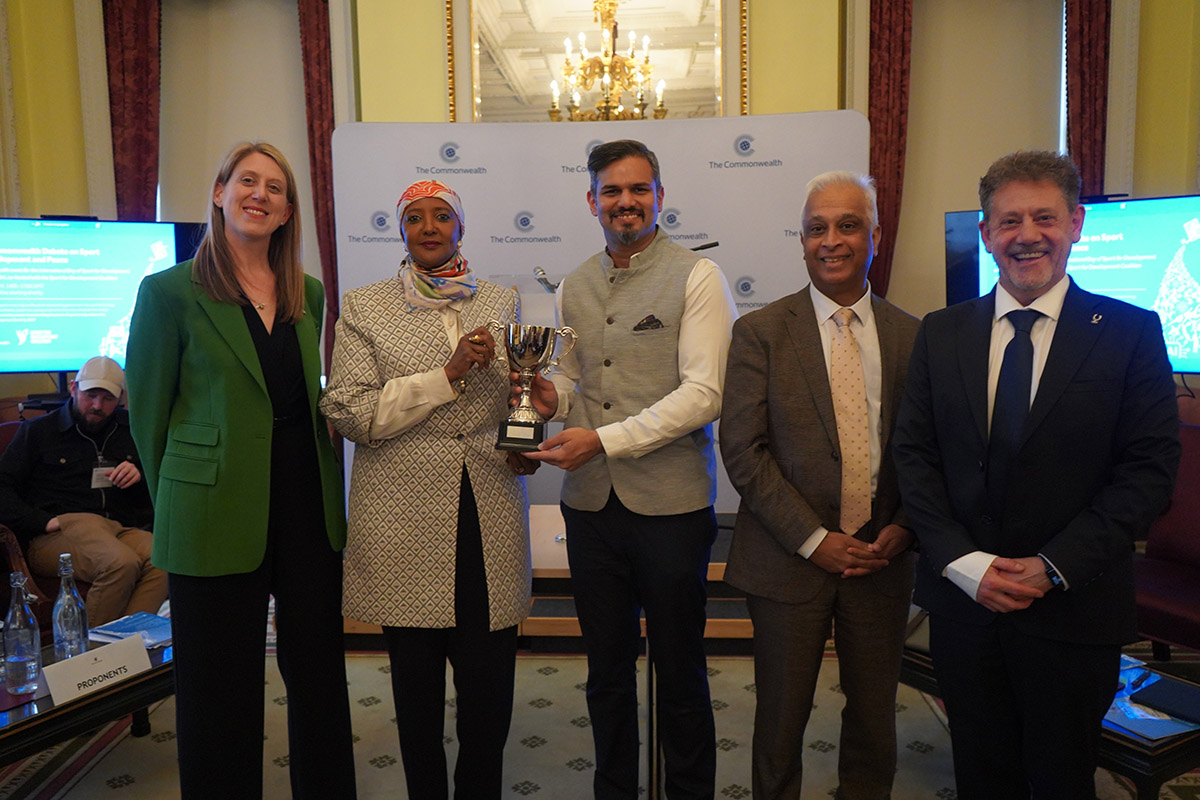“Gaps in women’s economic empowerment”
September 8th, 2016 Women’s shelters are an aspect of services designed to empower vulnerable women, but Sugandha Parmar, 22, a Correspondent in Kanpur, India, examines whether these safe havens have the infrastructure required to fulfil their intended role.
Women’s shelters are an aspect of services designed to empower vulnerable women, but Sugandha Parmar, 22, a Correspondent in Kanpur, India, examines whether these safe havens have the infrastructure required to fulfil their intended role.
Before we start, it is important to discuss a few terms in detail. Economic empowerment is the individual’s ability to earn, save, invest and spend money. If a woman has the skill to earn money, but doesn’t have any financial agency, or is not in a position to exercise her financial agency, then it is not economic empowerment in a true sense.
I have examined two large scale schemes by the government of India that are meant to “save” women facing exploitation and abuse by providing safe shelter to them. Swadhar and Ujjawala were announced as social defence mechanism schemes and claim to be comprehensive in reconstructing a woman’s life in a way that she can exercise her agency. I do believe that the motive of both schemes is very useful for empowering women. However, the path followed often leads to economic disempowerment and dependence on shelter homes.
Swadhar provides short stay home for women who are going through difficult situations such as domestic violence and sexual abuse. Ujjawala was introduced in 2007 to rescue trafficked women and offer survivors shelter homes. A common feature in both the schemes is rehabilitation of women who are exploited and abused.
The process comprises reconstructing the lives of women survivors by social and economic empowerment. Given the literacy rate and workforce participation ratio of women in India, life skills training is widely used to enable the women to earn their livelihoods. The government makes significant investment in the training to ensure effective economic empowerment of women that will help in their reintegration with the community.
But during my research in these shelter homes this January, I found that the training is not sufficient and is not doing the residents any good. Firstly, there was a lack of monitoring, with nobody to ensure that the trainers are regular and punctual, and whether training is effective. Even the government appointed inspection officers pay more attention to health, food and infrastructure facilities than to these concerns.
Secondly, the training given includes stitching and tailoring, though the nature of these jobs in India is informal and unorganised, which reports indicate can lead to an exploitative work atmosphere. Besides, most of the women already knew tailoring and were not keen to learn it again.
Thirdly, the products of the women trainees are sold to wholesalers by the shelter homes, but no payment is made to the inhabitants. Caretakers in a number of shelter homes explained that that by providing food and shelter, they are providing everything for their sustenance and remuneration for the women is not required.
The government schemes also ensure funds and legal aid. But at all the shelter homes that I visited, inhabitants had no idea about the legal cases they had and were waiting for their family to gather funds to take their case forward. As none of them were remunerated for the stitching, tailoring and beautician work they do in the shelter home, they have no savings and no sense of the financial independence they might have had if they were remunerated.
In such a situation, accountancy and business skill development must be taught but is missing. When women don’t have entrepreneurship skills, no matter how much they learn in the vocational courses and become an expert in their work, they are unable to set up their own business after leaving the shelter homes. Stigma also plays an important role in disabling women’s economic empowerment, but I believe that entrepreneurship skills and ability to exercise financial agency can bring in a transition in a woman’s life.
The process of reintegrating women into the community is highly questionable and could result in exploitation and re-abuse. According to the scheme, the inhabitant is to be handled over to the parents or the husband under supervision of the Ministry of Women and Child Development. This limits the opportunity for economic independence, as most of them are not allowed to work due to orthodox values or fear of getting trafficked again. In some cases, extreme poverty is a barrier to successful re-integration. This may explain why despite attempts to empower women in shelter homes, women run away from these homes and choose to, or are forced to, do sex work again.
I hope that policy makers across governments take note of these issues and develop policies that can truly be translated into economic empowerment of women. I suggest that it is vital to revisit the underlying concept of economic empowerment that is adopted by the policy makers while developing such schemes.
photo credit: Milf Sweat Shop via photopin (license)
………………………………………………………………………………………………………………
About me: I am currently working as a research scholar at Katha(NGO) to develop and train teachers in responsible and effective teaching methodologies. I have done Master’s in Women’s Studies and have worked with NGOs to understand how gender operates in India.
I am interested in gender and migration, gender and human rights and sexuality. I have a special interest in research, too. I aspire to be a human rights lawyer and work with sexual minorities in India and beyond.
………………………………………………………………………………………………………………
Opinions expressed in this article are those of the author and do not necessarily represent the views of the Commonwealth Youth Programme. Articles are published in a spirit of dialogue, respect and understanding. If you disagree, why not submit a response?
To learn more about becoming a Commonwealth Correspondent please visit: http://www.yourcommonwealth.org/submit-articles/
………………………………………………………………………………………………………………




